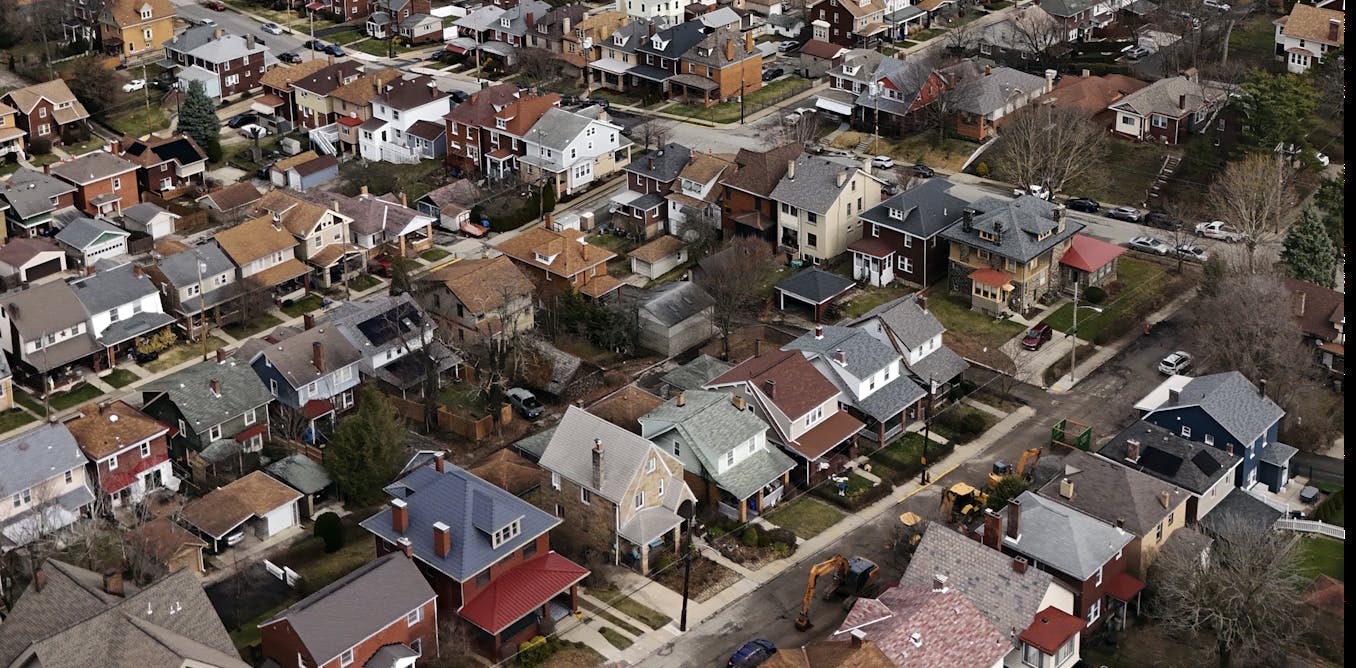Politics
Even fictional presidents don’t look like Kamala Harris − although Black men and white women have been represented in the Oval Office
The United States had its first Black president and its first female president over a half-century ago.
They were fictional, they were on screen, their names were Douglass Dilman and Leslie McCloud, and in the decades that followed there have been many others.
Yet none quite lines up with Kamala Harris, the Democratic presidential nominee in the 2024 election who is a biracial woman. Even after the United States elected a biracial president – Barack Obama – who has been the subject of two biopics, filMMAkers have not created fictional equivalents. Nor have the presidents on screen been of South Asian descent.
Instead, almost all the presidents of color on American screens have been Black and they have been men, while almost all the female presidents have been white. While the representation on screen of most Black presidents avoided any discussion of race, the representation of women has uniformly focused on gender.
So as people engage in the inevitable discussion of the meaning of Harris’ candidacy, it’s high time to revisit those fictional presidents. Together they reveal how the presidency, in this case the fictional presidency, struggles with race and gender – just like the country at large.
And along the way, this may help create a watch list for people when they need a break from what promises to be a bruising presidential campaign.
The doubting − and doubted − president
The first Black president was Douglass Dilman, played by James Earl Jones in the 1972 film “The Man.” “The Man” situated racial politics front and center. Dilman is a reserved academic-turned-senator serving as president pro tem of the Senate before a series of freak accidents brings him to the presidency. He finds himself thrown into office facing doubts from Black activists and vicious opposition from white politicians who will not accept his legitimacy. In the Oval Office, he tells his daughter: “I’m the wrong one. … They were expecting a Black messiah.”
‘Strong, caring family men’ − and some comedians
But for every doubting Douglass Dilman, there are far more like Tom Beck, the president who must guide the United States through the risk of comet apocalypse in 1998’s “Deep Impact.” Played with cerebral gravitas by Morgan Freeman, Beck leads without a single reference to Blackness in particular or to race in general.
There’s President Thomas Wilson in “2012,” played by Danny Glover, in another tale of global annihilation. And President David Palmer in the TV series 24, a candidate turned president, played by Dennis Haysbert, who faces both assassination attempts and nuclear terrorism.
In all three of these representations, the president is usually the same: a strong, resolute, caring family man.
Leave it to the comedians to be the few who approached things differently.
Chris Rock drew on all his routines about black culture and white culture to construct Mays Gilliam, the D.C. councilman turned Hail Mary Democratic nominee in 2003’s “Head of State.” Jamie Foxx threw in a few oblique racial jokes in 2013’s “White House Down,” a movie which otherwise exists alongside 1997’s “Air Force One” in the president-as-action-hero genre.
All about gender
These family men and action heroes are a far cry from the various female presidents on screen.
The first – Leslie McCloud – predated Douglass Dilman by over a decade in the fictional timeline of presidents on screen. In 1964, “Kisses for My President” established the template that the story of female presidents was all about gender.
In this film, the focus is not on McCloud herself but rather the way her husband, played by Fred MacMurray, struggles with the confusion and humiliations of being a man in the role of first lady. One poster for the film has him stuck wearing a woman’s hat.
Whether comedy or drama, the fictional female presidents come to the White House with the same set of challenges.
They struggle to be both president and mother. Their husbands resent being in a woman’s role. And above all else, the male politicians around them are disrespectful and distrustful. These movies not only predicted Hillary Clinton’s candidacy but reflected the broader national conversation about women in the workplace.
Perhaps that is why one of the first made-for-TV movies on Lifetime – the self-proclaimed “Network for Women” – was “Majority Rule,” in which Blair Brown played Gen. Catherine Taylor, a war hero turned president who must contend with the egocentric and condescending politicians who all want her job.
President Mackenzie Allen, – played by Geena Davis, faced the same challenges from 2005 through 2006 in the TV series “Commander in Chief.”
Breaking the mold
Most recently, Kamala Harris’ moment has also become Selina Meyer’s moment, with people rediscovering “Veep,” the 2012-19 TV series in which Julia Louis-Dreyfus plays a vice president who ascends to the Oval Office after the president resigns.
There is also another reason to watch “Veep” – as if there were not enough already: Laura Montez, who defeats Meyer in a chaotic election. Montez is among the few fictional presidents to break the mold of Black men and white women. Yet Montez remains a secondary character in “Veep,” with only a few glancing jokes calling attention to the fact that she’s Latina.
In the series finale – spoiler alert – “Veep” returns to the familiar. Fast-forward several decades: At the funeral for Selina Meyer, a white female president whose story has always been told though gender and sexuality, the guests include Richard Splett, the former Meyer staffer who years later became president in his own right. As a Black president, Splett achieves the trifecta of bringing peace to the Middle East before enjoying an idyllic retirement with his beautiful wife.
Meyer and Splett together have all the ingredients of a half-century of fictional presidents, with Montez, the Latina president, cast to the periphery.
The only one
Constance Payton holds the distinction of being the only on-screen Black female president. You can be forgiven if you’ve never heard of her, because her administration was brief. Alfre Woodard played Payton in the series “State of Affairs,” which lasted for only 13 episodes in 2014-15.
In interviews, Woodard herself emphasized the dynamics of gender rather than race in playing this character. “Constance is, of course, a woman,” Woodard said, “and Charleston (the CIA analyst who delivers her daily briefing) is a woman so we have these two women in a very powerful position. So we watch the work that they do so that the American homeland can stay as safe as possible.”
All these fictional presidents did share something in common. They all sought to normalize the notion of a female president and a Black president. They are usually thoughtful, serious, globally minded and ready to tackle any tough challenge head-on in the interest of the nation. Selina Meyer is a selfish narcisist, but that is exactly one of the features that made her such a distinctive character in the list of fictional female presidents.
In other words, over the past half-century, American media has usually proclaimed that Black men and white women can fit the model of great presidents. But they have usually been just one or the other: a Black man or a white woman.
-
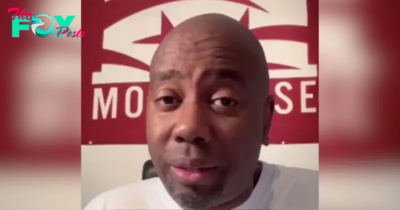
 Politics2d ago
Politics2d agoPolitical Scientist Dr. Ricky Jones: If Kamala Harris Won, Black People Would Have Another Excuse to Not Fight Back
-
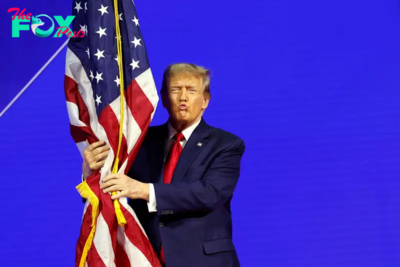
 Politics2d ago
Politics2d agoAs He Staffs His Second-Term Administration, Trump Looks for Loyalty Above All
-

 Politics3d ago
Politics3d agoPopulist podcasters love RFK, Jr., and he took the same left-right turn toward Trump as they did
-
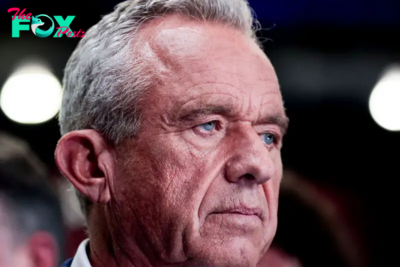
 Politics3d ago
Politics3d agoWhat to Know About Robert F. Kennedy Jr.’s Long History of Promoting Anti-Vaccine Views
-
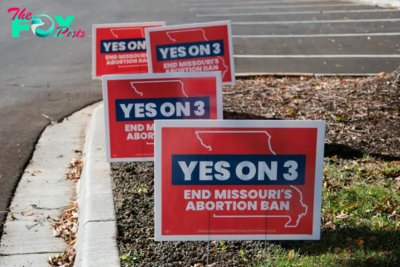
 Politics3d ago
Politics3d ago‘Such Small Steps.’ States Without Citizen-Led Ballot Initiatives Leave Abortion-Rights Advocates With Little Recourse
-

 Politics3d ago
Politics3d agoWhat Trump’s Win Could Mean for Housing
-

 Politics3d ago
Politics3d ago‘Blacklash’ Over Kamala Harris Campaign Spending On Al Sharpton, Beyoncé, Megan Thee Stallion, And Other Celebs
-
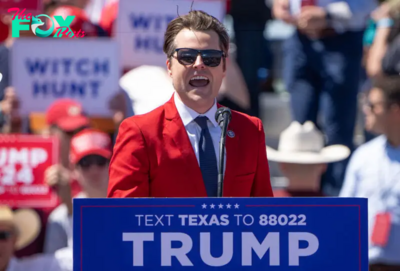
 Politics3d ago
Politics3d agoMatt Gaetz Nomination Confirms Trump’s Revenge Talk Wasn’t Bluster
